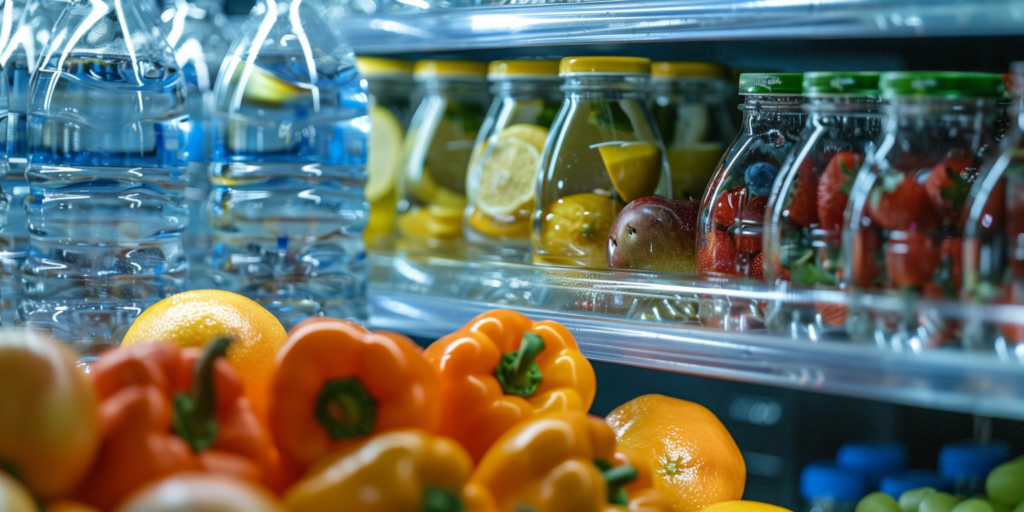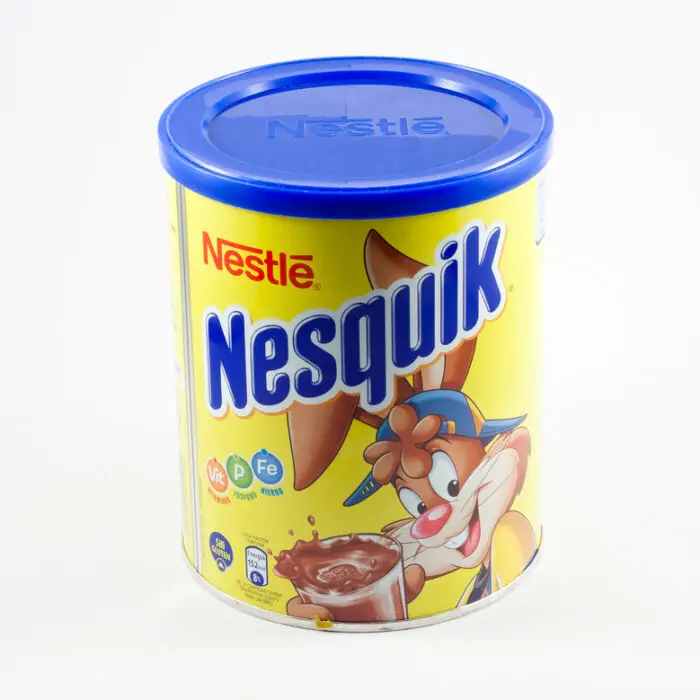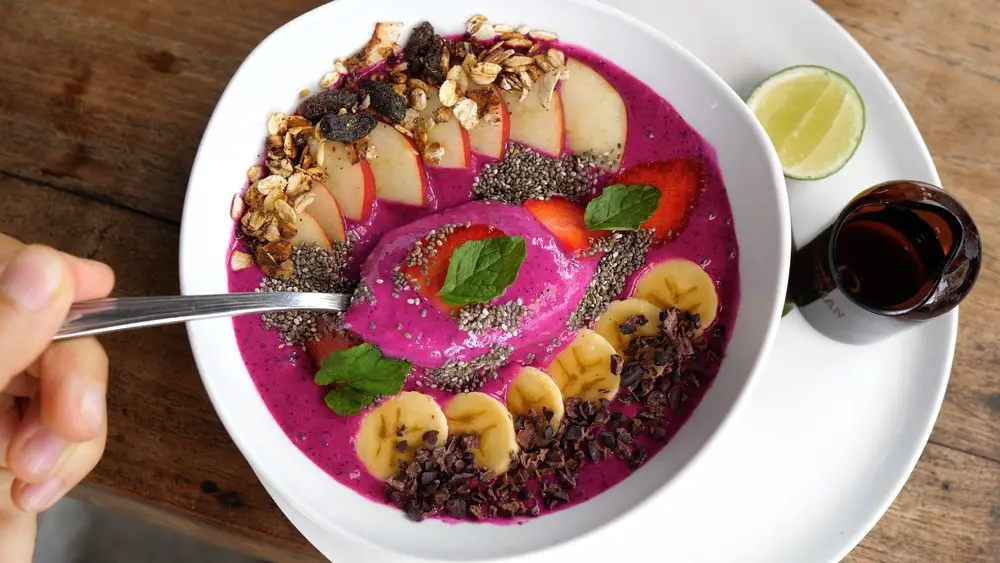How healthy you are, is highly dependent on the food you eat and at large the water you drink. Storage of these resources can maintain their nutritive elements and ensure maximum safety.
This essay discusses several ways of doing successful grocery storage, the benefits of having enough water and all kinds of solutions for storing it, the high liabilities caused by water contamination and food poisoning.
Grocery Storage Basics
To begin, you may further study why proper grocery storage is paramount for the preservation of food safety. To begin and with no further ado, you should start with the basics of dealing with groceries. Firstly, refrigeration elongated not every edible life. The point is understanding what needs to be refrigerated.
Potatoes, tomatoes, garlic, and onions shouldn’t be put in the fridge. They either spoil early or kill their flavor and texture. They should be kept in dry, cool places though.But, items such as dairy products, meats, and vegetables need to be refrigerated to prevent the bacteria growth.
This needs to be done properly, as not all parts of the refrigerator are suitable. So, be careful. Canned goods and other non-perishable goods should likewise be stored in cool, dry places far away from heat and light, best in the pantry.
However, you are reminded to rotate these goods, meaning using up the oldest can you bought first, then rotate it to expand its reach. Lastly, for leftovers not to be going to waste, always ensure that it is kept in the refrigerator an hour after cooking since bacteria growth multiplies very fast.
Importance of Hydration
The basis for your well-being is not only food but also water – a universal solvent. Being properly hydrated helps to implement an impressively big number of physical processes, and it is essential all the time and even more in such cases as working out, being ill, or pregnant.
The reason for this is water helps to maintain the temperature of the body and lubricate your joints, blood circulates and delivers necessary stuff to maintain your body’s performance and help you feel cheery and active. Besides, drinking enough water contributes to your ability to think and good mood. As well, water is crucial as to your appearance – if you are not properly hydrated, the skin becomes flabby and dry.
Yet that’s not all. Dehydration might cause not only tiredness and dizziness but in certain cases has the most negative consequences. For example, it may be heatstroke.
All Kinds of Solutions
Staying adequately hydrated requires access to safe drinking water. Water that you assume is safe might still contain harmful pathogens or pollutants and vary greatly with geographical locations. Therefore a lot of solutions have been developed over time to provide safe drinking water regardless of location.
Various technologies now allow purification – removing impurities from water making it suitable for drinking. The methods range from boiling to more sophisticated UV filtration systems, each having their own pros and cons. One commonly used method is reverse osmosis that removes most contaminants but also essential minerals like calcium, magnesium etc resulting in soft water which isn’t advisable for consumption and cooking regularly.
Water filters have become popular household items whether being installed directly at faucet points or used as pitchers – they do not require electricity thus are handy during power outages too.
Food Contamination Risks
The risk of foodborne illness is never zero as bacteria and microorganisms are ever-present – mainly due to improper handling and storage. Food contamination can lead to various health problems – vomiting, diarrhea, abdominal pain, fever, and even life-threatening risks like meningitis or kidney failure.
Bacterial contamination largely occurs in the ‘Danger Zone’ – temperatures between 40 to 140 degrees Fahrenheit where they reproduce most rapidly.
Cross-contamination is an equally significant issue that often gets overlooked. You must ensure raw food especially meat doesn’t come in contact with cooked food to prevent passing on any harmful bacteria. Using different boards, knives for raw/cooked foods etc. helps.
Cooking food using contaminated water or washing food items using it too. Lastly, the infestation of pests like rats and cockroaches who have disease-causing germs can contaminate food too.
Fruits and Vegetables Staples
Fruits and vegetables are packed with vitamins, fiber and antioxidants but how you store these nutrition powerhouses can have a big impact on their nutrient content and prolong their freshness.
Most fruit and veg keep best at cool temperatures below room temperature but above freezer temperature so a fridge is usually the best place. The exception is bananas, oranges and potatoes which should ideally be stored at room temperature away from direct sunlight in a cool dry place.
Retain the original packaging of leafy vegetables and herbs to maintain humidity which they need. To prevent speedy ripening, separate fruits which produce ethylene gas like apples, apricots from those sensitive to it like broccoli, lettuce.
Store cut fruits and vegetables in an air-tight container in the fridge but consume soon as they are prone to spoilage due to exposure with air.
Lastly remember the phrase, ‘First In First Out’ while dealing with fruits/vegetables – consume older ones before the newly bought ones.
Proper Handling Procedures
Proper handling of food right from purchase till consumption is crucial to prevent contamination and ensure safety.
For starters, during grocery shopping pick up perishable items like dairy products, fish etc last so they remain cold and carefully check expiry dates on canned/bottled goods.
While preparing meals keep raw and prepared foods separate, use different cutting boards for meat and vegetables. Wash your hands before handling and after touching raw meats; also wash all fruits and vegetables under clean running water before eating or cooking them.
Cook food at appropriate temperatures – this decreases the risk posed by most bacteria as they don’t survive high heat. Also remember not to leave meals unattended for prolonged periods during preparation as this invites bacteria formation.
Last but not least, always clean kitchen counters, utensils properly, avoiding contact with any potential contaminant.
Water Storage Innovations
In recent years there have been several advancements in safe water storage solutions. Insulated stainless steel bottles keep water cool up to 24 hrs and are an eco-friendly solution. Bottled water with self-filtering caps are another innovative solution popular with travelers or during disaster situations.
Countertop water dispensers connected directly to tap water filter the incoming water making sure only purified water is served. Similarly, there are refrigerator models available too that come with built-in refillable water dispensers making cold purified water easily accessible at all times.
Huge storage solutions from The Water Tank Factory and others built with UV protection or made from food grade material for rain-water harvesting have become common in areas facing scarcity making future use possible.
Last but not least, portable solar stills that purify dirty water using sunlight exist and come handy during emergencies where traditional alternatives are not available.
As technology gets more sophisticated you’ll see additional methods of storage appear in the market providing more options to maintain a safe intake of this vital resource.
Your Takeaway
Water and food are lifelines, and their safety directly impacts your wellbeing. As you maintain a healthy intake of both, remember; correct storage boosts nutritional quality and food safety, and drinking enough water promotes numerous bodily functions.
Contamination outspread through improper handling/storage requires constant alertness while several preservation techniques help keep maximum nutrition intact. Adopt these guidelines for a healthier lifestyle and safer future!







